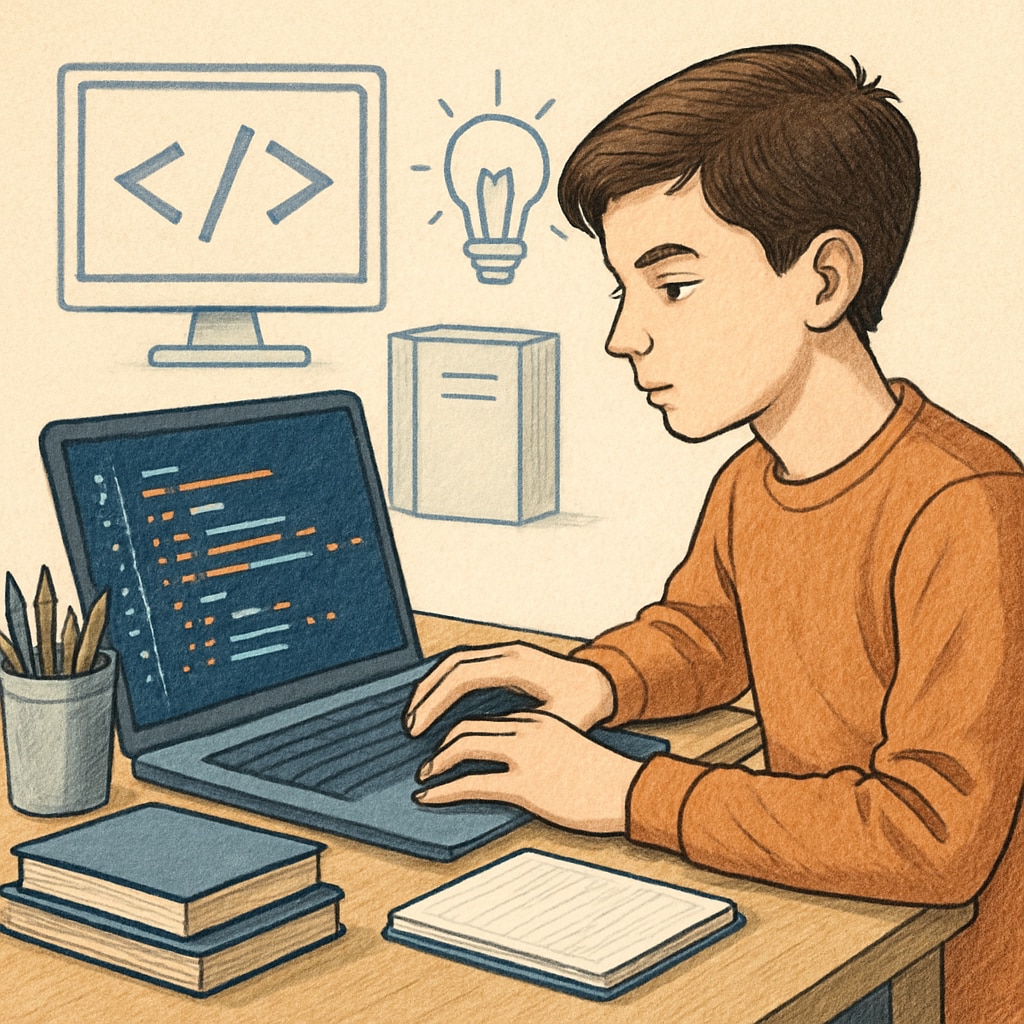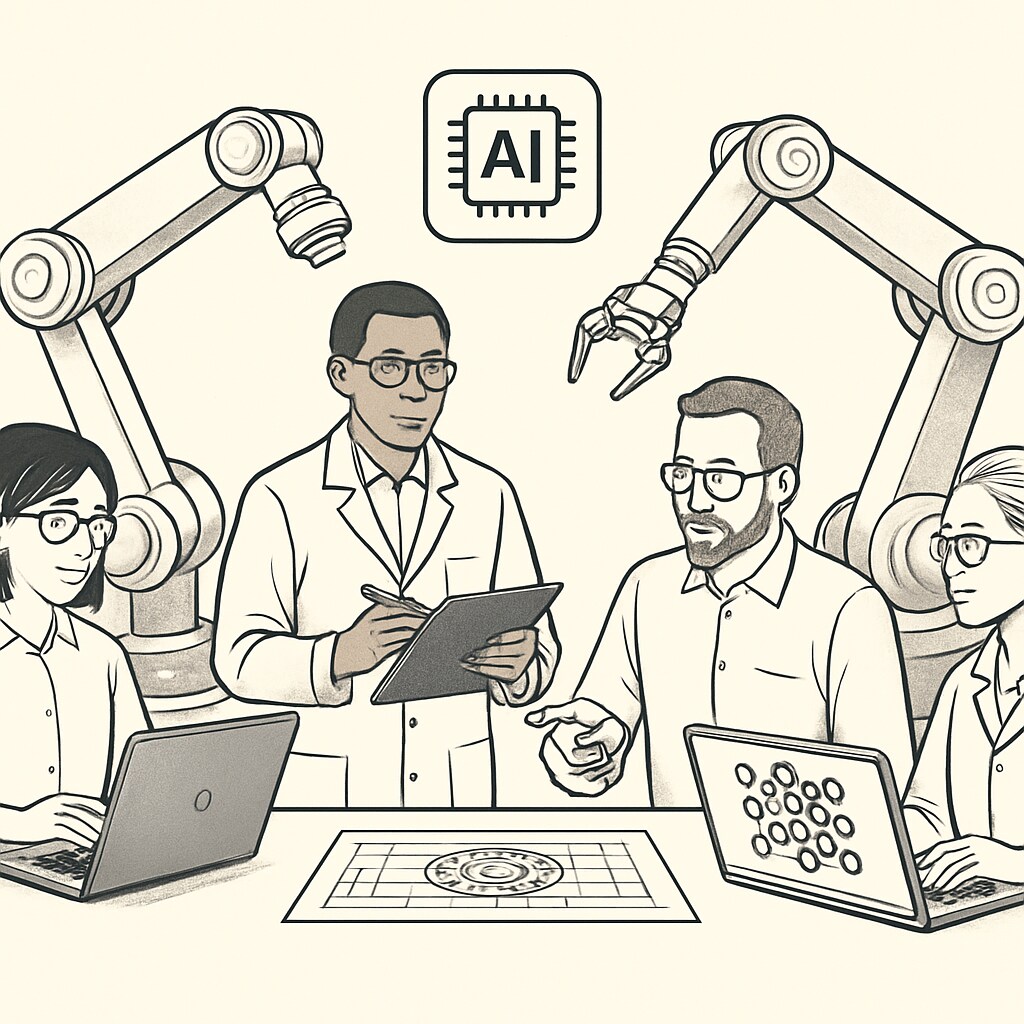As we move deeper into the digital age, teenagers increasingly grapple with career choices involving programming and engineering, especially given the rapid advancements in artificial intelligence (AI). These two fields, while interconnected, offer distinct pathways and opportunities. Many young individuals find themselves torn between the analytical world of coding and the hands-on problem-solving role of engineering. To help navigate this decision, understanding the nuances of each profession, their future prospects, and how personal interests align with each is essential.
Understanding the Differences Between Programming and Engineering
At a glance, programming and engineering may appear similar, as both often involve technical skills and problem-solving. However, their core focuses differ significantly:
- Programmers: Primarily work with software, writing and debugging code to create applications, websites, or systems. Their work revolves around logic, algorithms, and the constant evolution of programming languages.
- Engineers: Engineers can specialize in various domains—mechanical, civil, electrical, or even computer engineering. Their roles typically involve designing, building, and maintaining physical systems or structures, often integrating software elements.
While programming tends to be more virtual and software-based, engineering often blends physical systems with computational tools. For teenagers, understanding these nuances is a critical step toward making an informed career choice.

Career Growth and Opportunities in the Age of Artificial Intelligence
Artificial intelligence has revolutionized both programming and engineering fields, making them more dynamic and demanding. Here’s how AI impacts these professions:
- Programming: AI fosters new opportunities for programmers, particularly in machine learning (ML), data science, and automation. Programming AI systems and algorithms is one of the most sought-after skills in today’s tech-driven world.
- Engineering: Engineers leverage AI for predictive maintenance, design optimization, and robotics. For example, civil engineers now use AI to simulate environmental impacts, while mechanical engineers benefit from improved automation systems.
Given AI’s transformative influence, both professions promise a robust future, though the skills required can differ significantly. Therefore, teenagers must weigh their aptitude for abstract coding versus hands-on technical work.

How Teenagers Can Align Their Choices with Personal Interests
Deciding between programming and engineering starts with introspection. Teenagers should ask themselves key questions:
- Do I enjoy working with logical structures, algorithms, and coding challenges?
- Am I passionate about designing physical systems and solving real-world mechanical or structural problems?
- Do I prefer virtual environments or hands-on experiments?
Moreover, exploring extracurricular activities, internships, or online courses in programming and engineering can provide valuable insights into what truly resonates. For example, participating in a coding bootcamp or joining a robotics club may help clarify preferences.
Conclusion: Making an Empowered Career Decision
Ultimately, the choice between programming and engineering is deeply personal and should be based on individual interests, strengths, and long-term aspirations. Both fields offer promising futures, especially with the integration of artificial intelligence. By taking the time to research, reflect, and explore, teenagers can make an empowered decision that aligns with their unique skills and passions.
For further reading on programming and engineering roles, visit Software Engineering on Wikipedia or explore Engineering on Britannica.
Readability guidance: Use short paragraphs and bullet points to summarize critical ideas. Ensure smooth transitions using words like “in addition,” “for example,” and “as a result.” Keep passive voice minimal and sentence length manageable for clarity.


